Startup contest update: The Radix Center
A lot can happen in a year.
That's something we were reminded of recently when we paid another visit to The Radix Center.
You might remember that the urban sustainability center won the AOA/Sunmark Startup contest in 2011. They used the $1,500 prize toward building an aquaculture system, in which they raise fish, watercress, and water lettuce.
Scott Kellogg and Stacy Pettigrew created the The Radix Center as an educational tool, to show people how to create a more sustainable urban environment by doing things like collecting rainwater, composting, reclaiming soil, and even operating their own greenhouses or aquacultures.
Last year we saw how things were just starting out in their 40 foot greenhouse in Albany's South End. This past Friday we stopped by again and -- well -- we'll let the pictures tell the story.

Outdoor beds
The first signs of change come long before you enter the greenhouse -- beds for flowers, vegetables, and herbs are scattered around property that was bare last year. On Friday Stacy was cutting back the zinnias and basil and plucking the last of the peppers and tomatoes from the outdoor gardens.

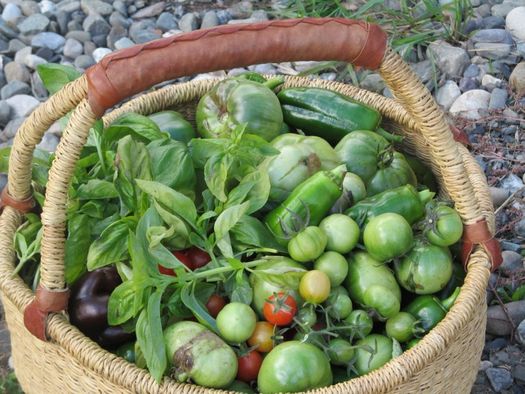
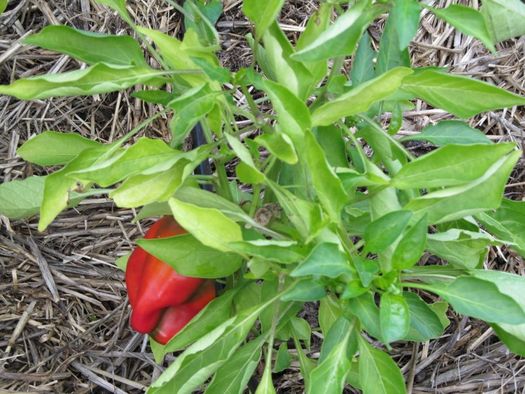

Chickens and ducks
The next difference: the chickens and ducks.
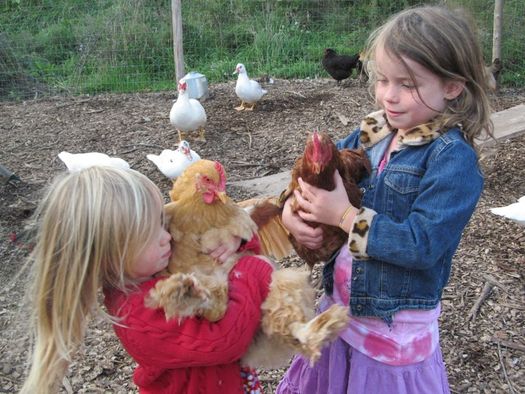

They've also installed something Scott calls a "duckapoopaponics" system. Basically it works like the indoor aquaculture but for ducks.
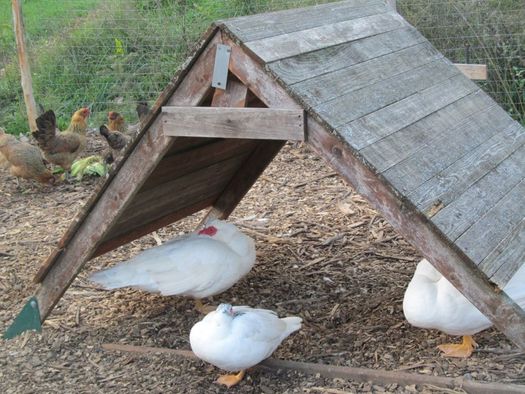
There's a pump in the duck water and it pumps the waste into a container where the roots of water lettuce and water hyacinth filter out the duck waste and use it for nutrients.
Scott explains: "Ducks will really foul their water -- to the point where you would have to be changing it on a daily basis. One of our most limiting factors is we don't have access to city water on site. So we built this system. The ducks poop in the pond and stir it up with their feet. We created a system that purifies the duck water."

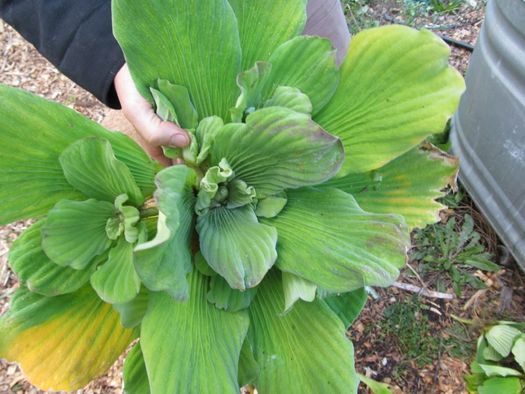
The water gets purified, the plants get nutrients and grow, and then they're used to feed the ducks and chickens.
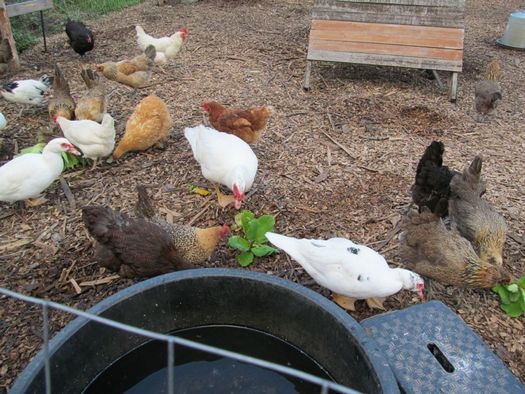
"It's a way to turn duck poop into food for ducks. And it's a way to put fresh greens in their diet. The water is clean because otherwise it would be very stinky. If you do it correctly there will be no odor."
We smelled nothing coming from the chicken coop, either. That is also by design, Scott says.
"We have to be super on top of it here. We've got a couple hundred neighbors around and we're on display and I see that part of our educational mission is to show people things like the fact that you can raise chickens and it's not going to smell and it's not going to bring property values down. I've created a carbon bed out of wood chips. Both the city of Albany and some other tree businesses dump their trees here so they don't have to pay landfill fees. I use it for everything for composting and other things, but especially the chickens. There's about 12 inches of wood chips in the area where the ducks and chickens are."
It's the same theory as composting, says Scott. "Having the proper balance between nitrogen and carbon. The chicken manure is incredibly rich in nitrogen and if you have too much of it and it's wet, it's going to get stinky. But if it gets soaked up by the carbon it's essentially composting and turning into fertilizer and not smelling. And that's the key to raising chickens and not having them smell."
The greenhouse
On a chilly October afternoon opening the door to Radix's 40 foot greenhouse is like walking into the secret garden.
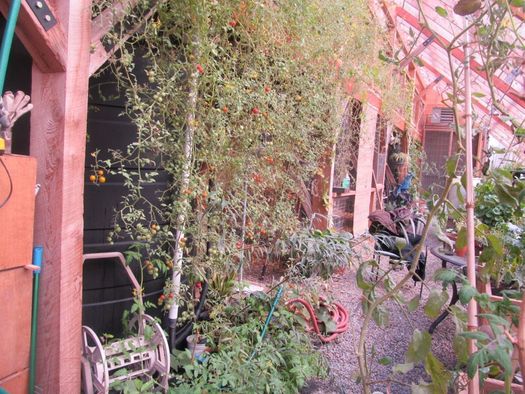
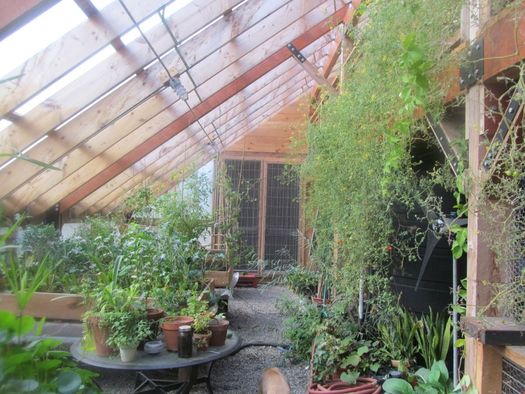
Cherry tomatoes cascade down from the rafters. Potted tomatoes and peppers grow on one side of the room. Behind those are other more ornamental plants: cactus and a few other species they're experimenting with.
Outside it was in the 40s, but inside the temperature was in the high 80s. The greenhouse has been buttoned up for winter. Over the summer screen doors and windows are left open for maximum cooling.
"The best greenhouse in the summer is no greenhouse," Scott says, but with extra watering, minimal use of fans and keeping windows open at night, he says it was usually only about five degrees warmer in the greenhouse than it was outdoors. The total cost to heat the greenhouse over the winter was only $130, and Scott expects to offset that once they can install solar panels.

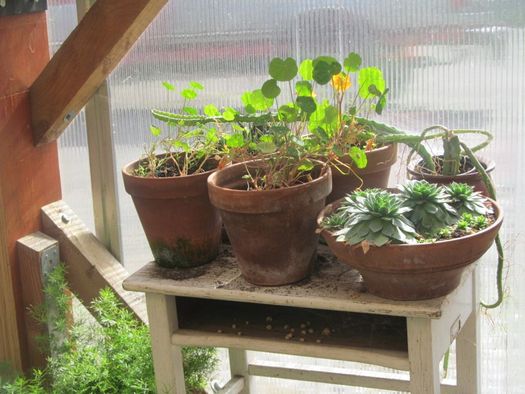
And they're still raising rabbits, which, Scott says, are selling well.
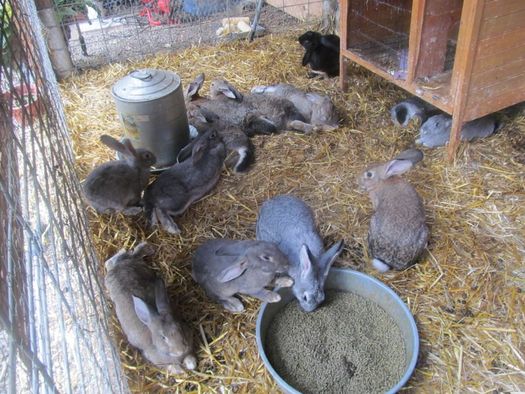
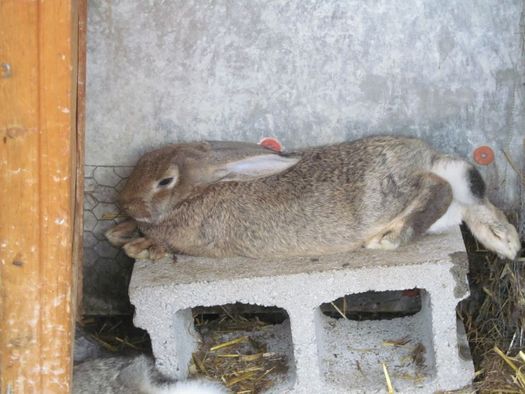
Aquaculture
Way in the back, on the ground floor, is the aquaculture system, which appears to be thriving.


During out visit last year there were two fish. Now there are 70 fish of different varieties living in the huge tank: catfish, bullheads, carp, perch, bluegill and thirty tilapia. Their waste is filtered out and used to feed watercress and water hyacinth plants, which in turn purify the water and recycle it back into the tank.

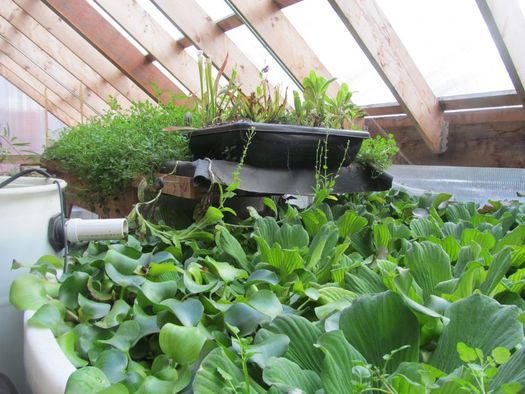
To feed the fish, Scott is raising silkworms. "Part of the reason for an aquaponics system is to reduce the impact on oceanic fisharies," Scott says. "But a lot of commercial feed that is fed to fish is made from ocean caught fish -- so it's not really reducing our impact on oceanic fisheries. So the whole challenge is, can we build up a food chain terrestrially?"
They feed the silkworms mulberry leaves, which grow all over Albany, and when they turn into caterpillars, they are fed to the fish.
There's stuff growing in every corner of the place. Mushrooms are grown in a bag of damp hay, fresh water mussels and snails are part of the aquaculture, and micro-greens like kale and arugula are being grown for sale. They're also selling some of the watercress -- but just to individuals. They're hoping to be able to produce enough to sell to restaurants next year.
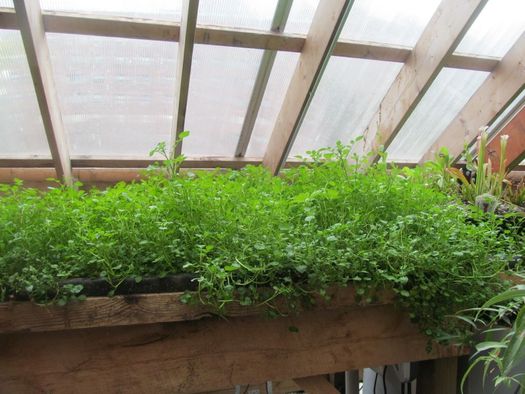
They're even trying rice:

Scott says they'll only get about a handful, but they want to see what is possible.
In the rafters
Upstairs Scott and Stacy are experimenting with fruit trees -- all kinds of fruits: figs, bananas, grapes, avocado, and citrus.

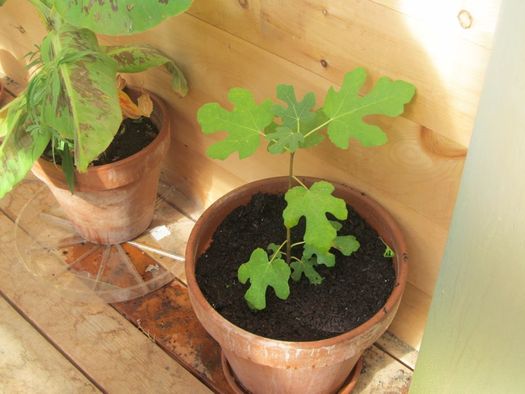
"We've barely begun to maximize what we can do in this space. We're looking to put a whole row of hanging pots on the rafters because that's a whole area of sun exposure that isn't being utilized," Scott says.
So what's next?
As the plants and fish and chickens (and everything else) grow, Radix is also getting closer to its educational mission. They've partnered with Siena College to create a kind of urban 4-H Club, where college students will teach kids about sustainability at the center. They're also giving tours and doing programs for Skidmore, RPI, Union, SUNY-Oneonta, Bard, and some schools in New Jersey. They've also done programs for a handful of private elementary schools. They're hoping to create programs for some of the areas public schools, but Scott says there's a lot of competition and grant money is hard to come by.
They're about to start a fundraising campaign -- going to large businesses in the region for contributions to their educational programs. "Our operating costs are low, so if a business gives us $500 or $1,000, it can go a long way."
The Radix Center will be hosting a tour for some state officials in the spring. "Being in Albany is a big plus because you have the potential to have an influence on a policy level," says Scott. "It's one thing to work on a grass roots level -- which I'm all about -- but there's a limitation to how fast and how far it can spread. And if we really want to see this information go exponential, I believe it's going to be necessary to incentivize it and to remove legal barriers."
Hi there. Comments have been closed for this item. Still have something to say? Contact us.

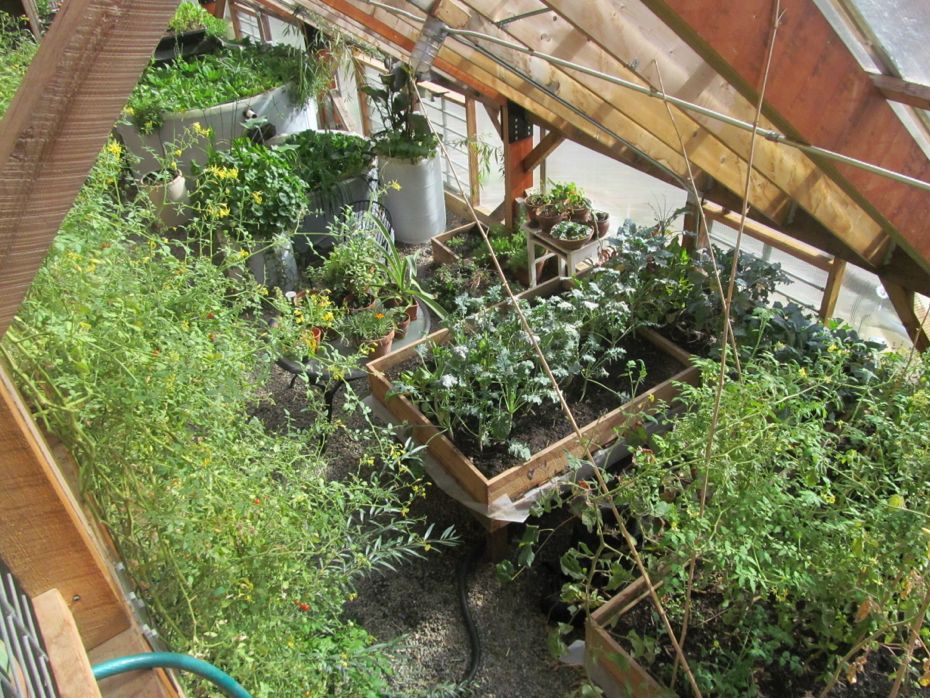

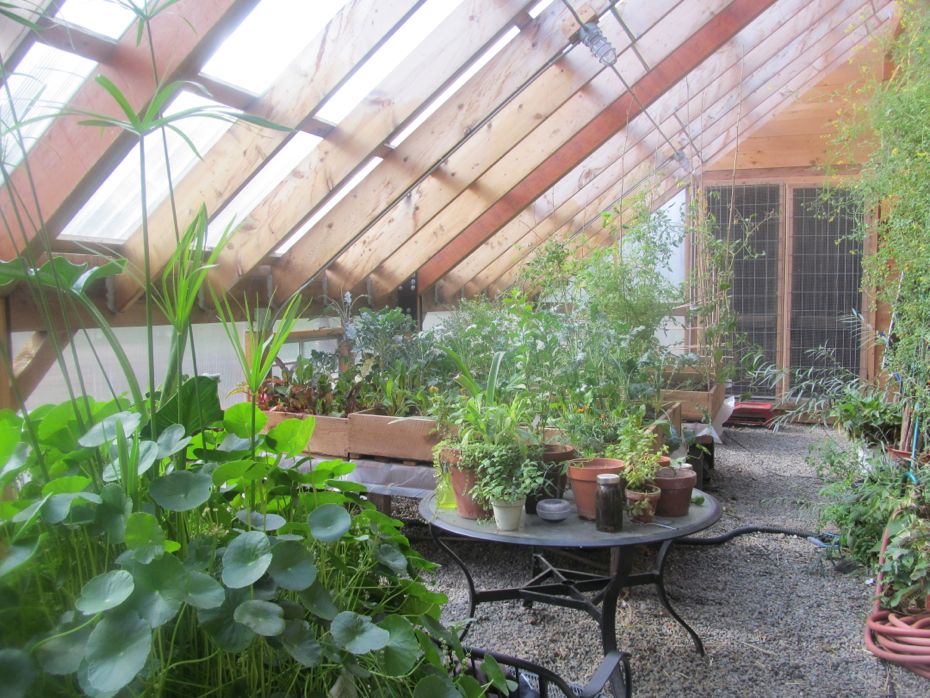
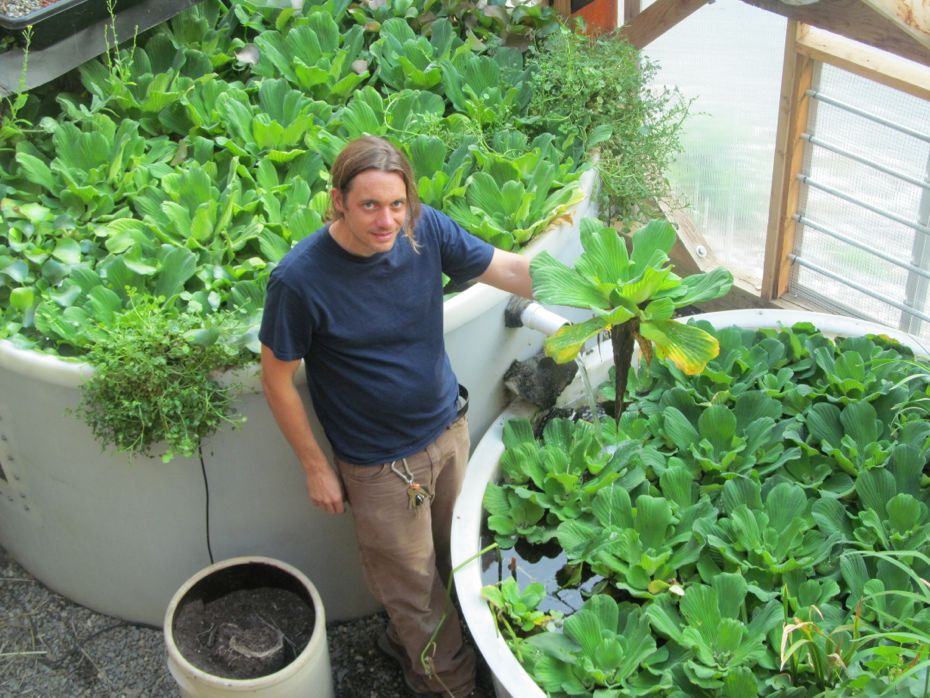
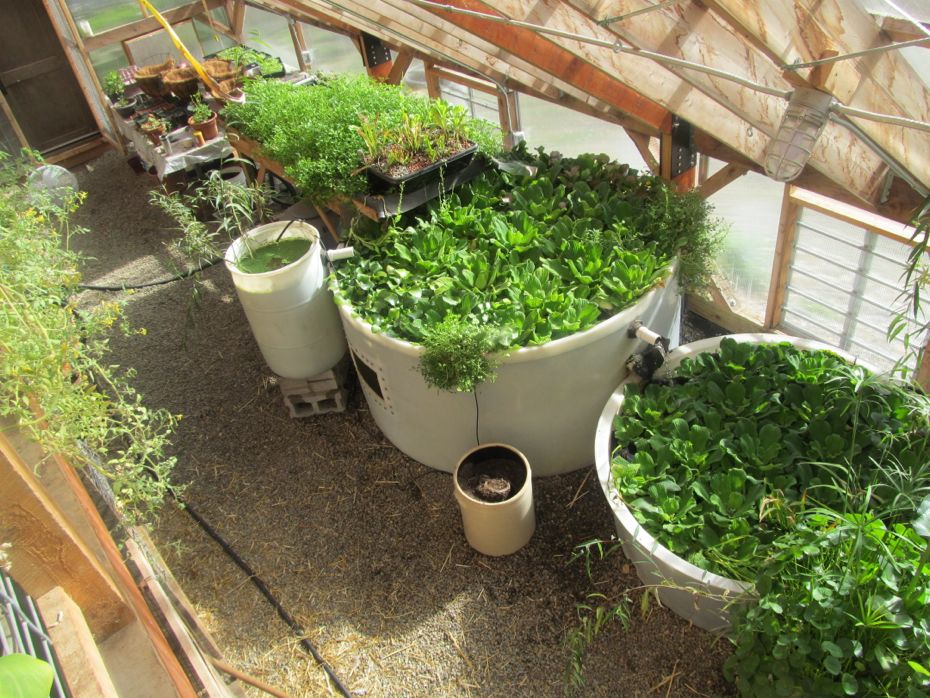

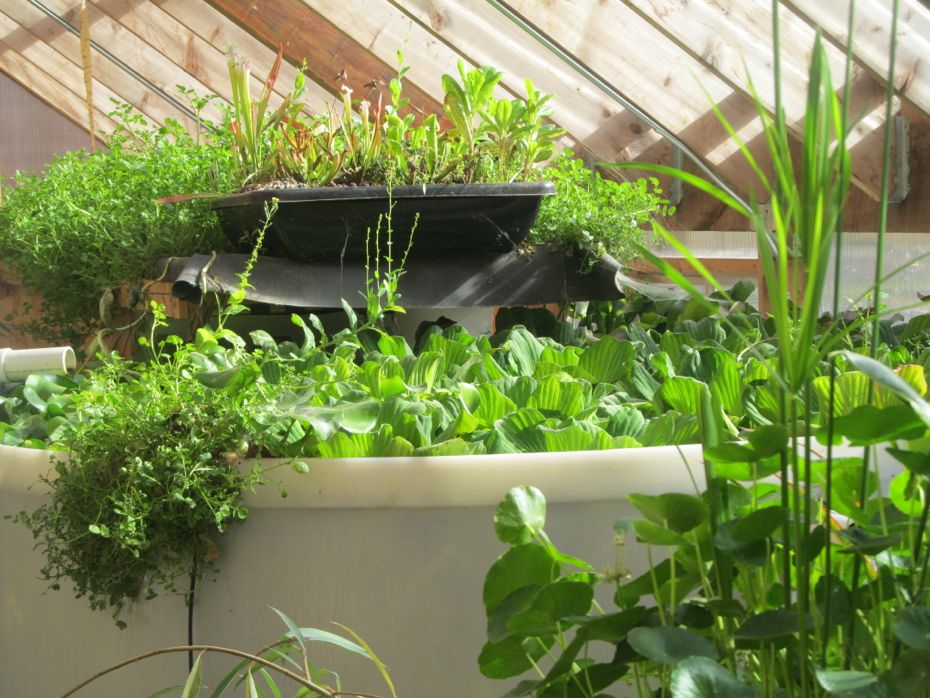





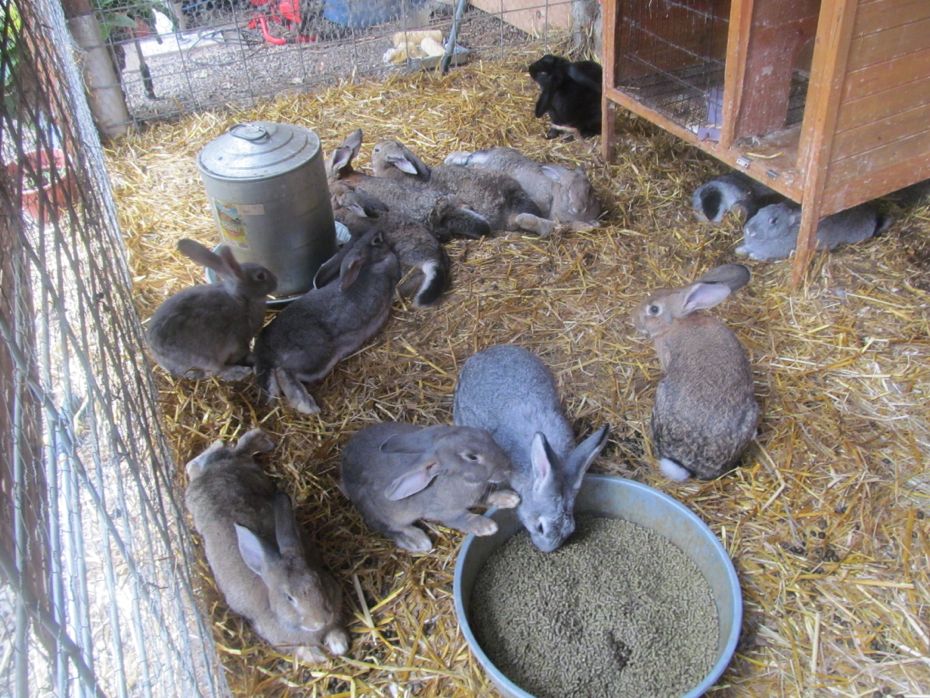
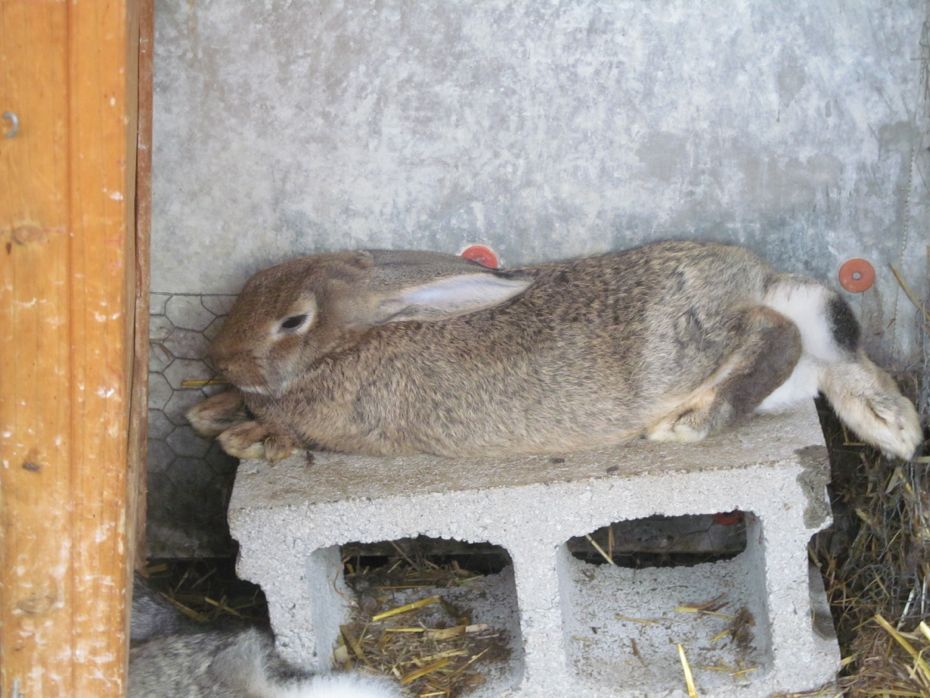
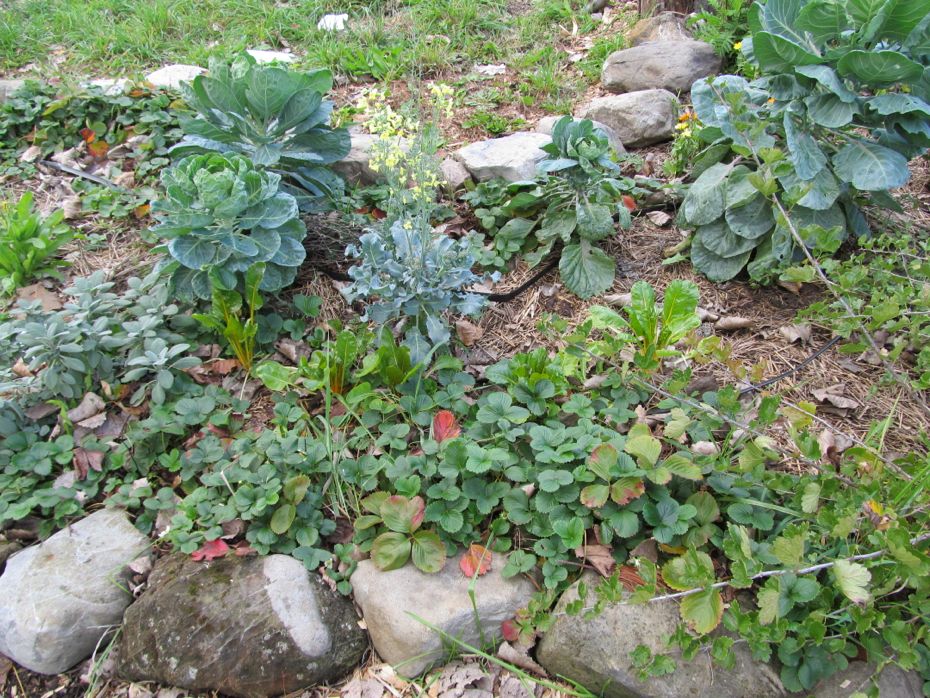
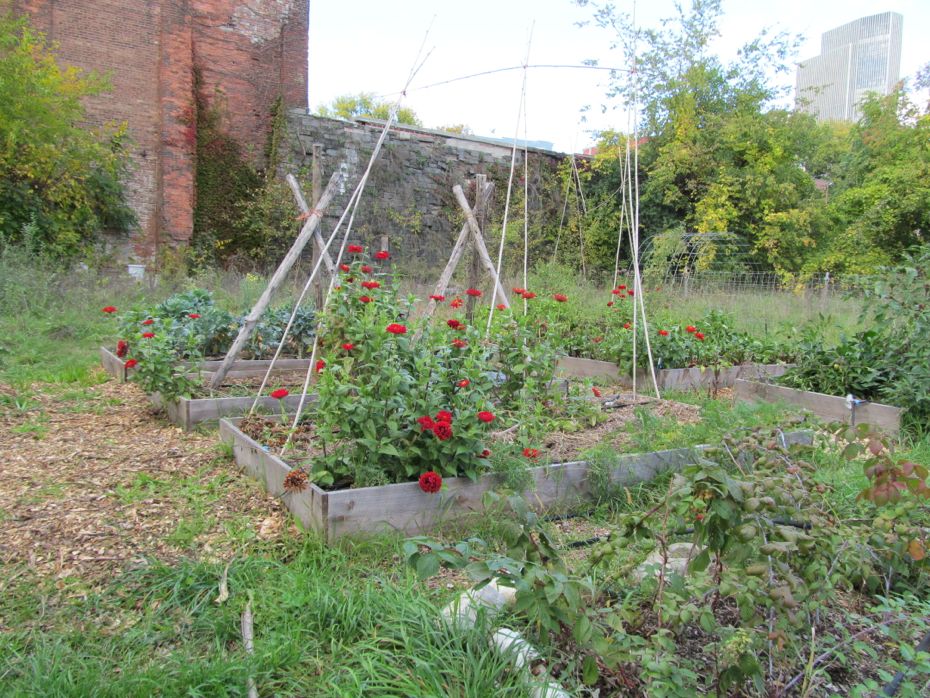
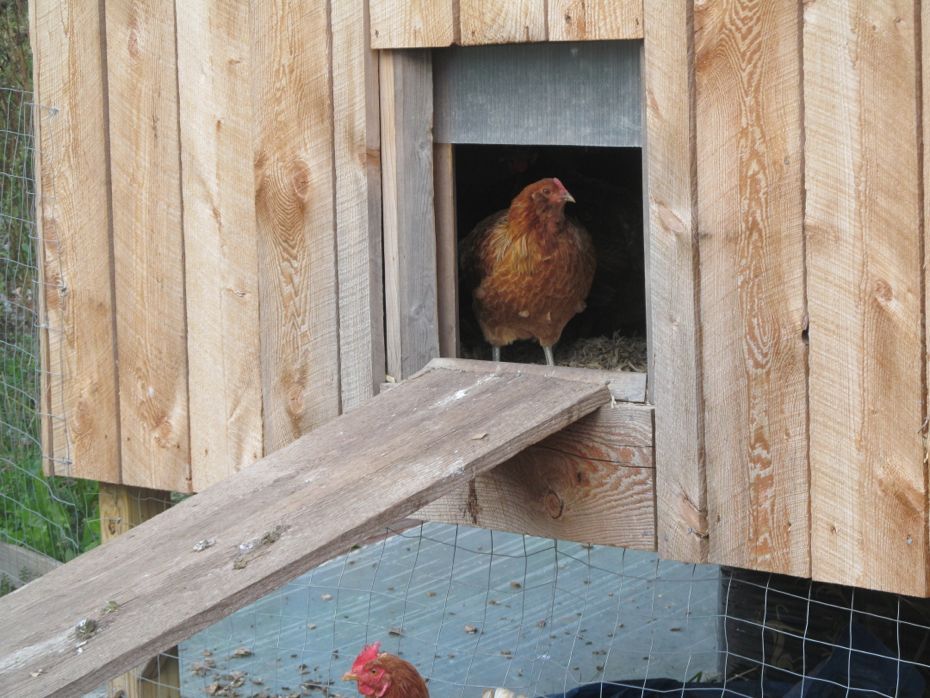

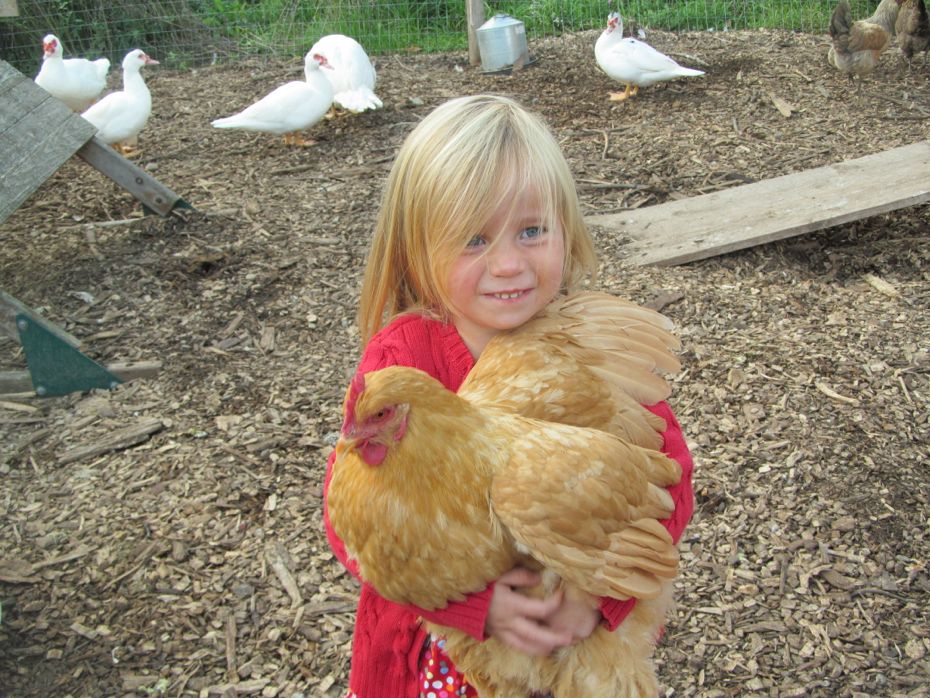
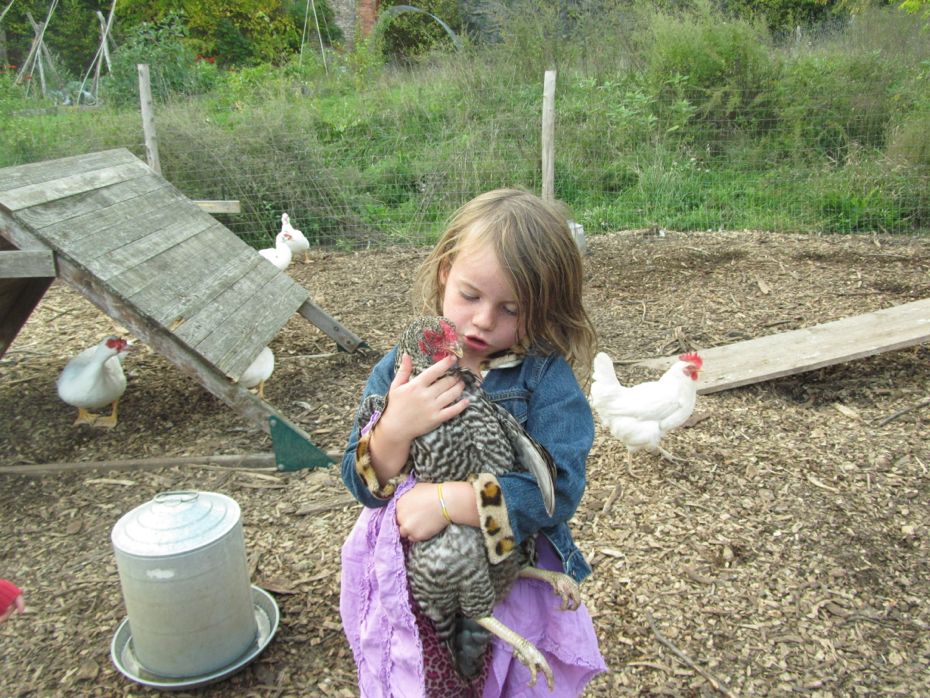
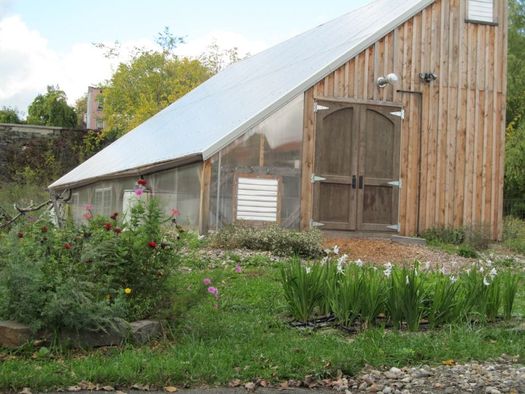

Comments
Wow. Look at all the cool stuff I missed this summer! Thanks for the kick in the volunteering pants.
... said ethan on Oct 16, 2012 at 11:41 AM | link
Neat. Where are they located? I thought we couldn't have chickens in Albany. Also, what are all of the rabbits for?
... said Birds? on Oct 16, 2012 at 4:00 PM | link
You can have chickens in Albany if you have an educational variance, rabbits can be eaten, so depending on who buys them they are probably either eaten or taken home as a pet, and lastly at the corner the center is located on grand street, between park and warren.
... said Kay on Oct 17, 2012 at 3:23 PM | link
Thanks for following up on this. I'm glad to see that the center seems to be thriving and continuing its educational mission.
... said laiskianen on Oct 21, 2012 at 9:02 AM | link
Scott and Stacy, another WOW from me! I'm so happy to see how your mission is continuing and growing. Our world needs more people like you. Hope to see you this Spring. Aunt Nancy
... said Nancy Tesinsky on Oct 24, 2012 at 8:03 AM | link
WOW!!!! I'm in awe!
Congratulations! Your hard work has paid off.
... said Aunt Barbara on Oct 24, 2012 at 9:06 AM | link